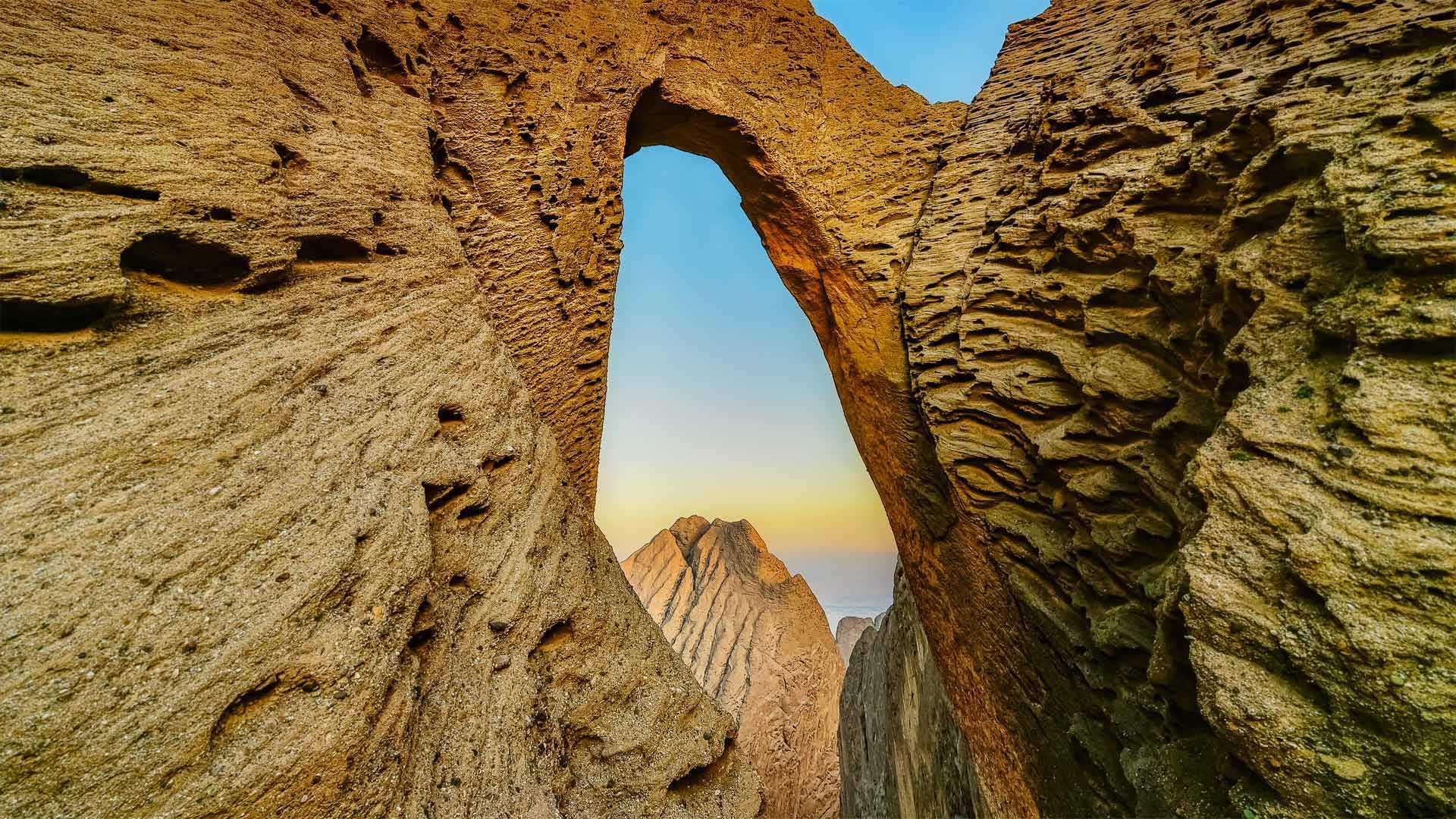瓜纳阿卡维韦斯半岛国家公园的红树林,古巴 Red mangrove tree seedlings in Guanahacabibes National Park, Cuba (© Claudio Contreras/Minden Pictures)

瓜纳阿卡维韦斯半岛国家公园的红树林,古巴 Red mangrove tree seedlings in Guanahacabibes National Park, Cuba (© Claudio Contreras/Minden Pictures)
向伟大的红树林致敬! All hail the mighty mangrove!
瓜纳阿卡维韦斯半岛国家公园,古巴
今天照片里的是古巴的瓜纳阿卡维韦斯半岛国家公园的红树林幼苗。红树林特别适合在淡盐水或盐水中生长,它们不仅能够保护海岸线,而且还是热带沿海生态系统的重要组成部分。这些顽强的树木可以承受巨浪和狂风,还能抵御海上风暴和海水侵蚀的破坏性影响。
在水面之下,红树林依然努力工作。它们复杂的根系可以过滤盐分,为海洋生物提供庇护和保护,促进生物多样性。瓜纳阿卡维韦斯有好几种海龟、红沼泽螯虾、以及大量的爬行动物和两栖动物。
向伟大的红树林致敬还有另外一个原因:它们从大气中捕获的二氧化碳比热带雨林多十倍。因此红树林也是优质碳汇,它们在根系里储存的二氧化碳远多于陆地植物。
Guanahacabibes National Park, Cuba
Today we're admiring red mangrove seedlings at Guanahacabibes National Park in Cuba. Mangrove forests not only protect coastlines but are a crucial component of tropical coastal ecosystems and are uniquely suited to thrive in brackish or salty water. These hardy trees can withstand the force of tremendous waves and ferocious winds, fending off the damaging effects of storms and erosion.
Below the surface, they work just as hard: Their complex root systems filter out salt and provide shelter and protection for marine life, encouraging biodiversity. Here in Guanahacabibes, that marine life includes several species of turtles as well as red swamp crayfish and a slew of reptiles and amphibians.
Another reason to tip our hats to the mighty mangroves? They capture up to 10 times more carbon dioxide from the atmosphere than tropical forests do. They're also incredible carbon sinks, storing much more carbon in their roots than their terrestrial counterparts.